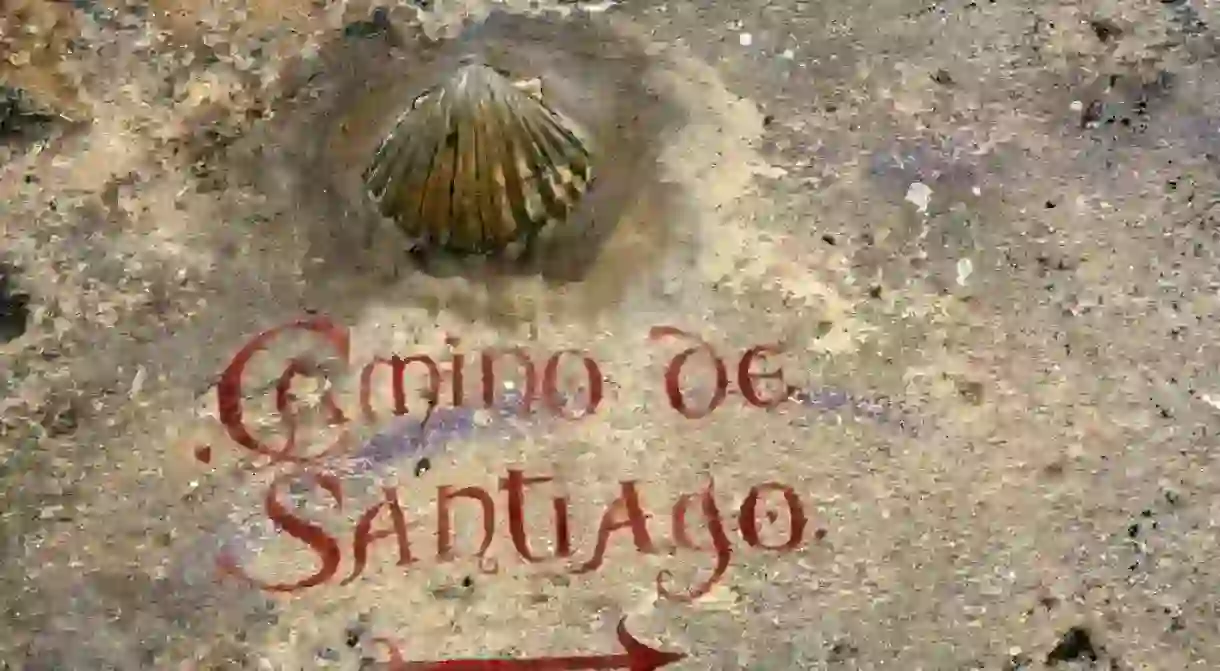Top Tips for Walking the Camino de Santiago

The Camino de Santiago is a pilgrimage route that runs across the top of Spain, from Saint Jean Pied de Port in France to the city of Santiago de Compostela in Galicia. Over the years it has become increasingly popular, even having a movie made about it, The Way, in 2011. Covering over 790km and taking around one month to complete, it is a great challenge. Here are our top tips on walking the Camino de Santiago.
Do it your own way
There are many different ways to do the Camino de Santiago. You can choose to stay in budget albergue hostels with dorm beds and carry all your own bags, or you can opt to stay in guesthouses or hotels and pay for a company to transfer your luggage ahead of you each day. Whether you choose to do the Camino in style or rough it a little, both provide you with an unforgettable experience.

Go at your own pace
Everyone walks at a different pace, some people like to power on through, reaching their daily target as quickly as possible and taking the afternoon to relax, while others like to enjoy the journey and take time to see things along the way. There’s no right or wrong way to do the Camino, choose your own pace and don’t feel pressured by anyone around you.

You don’t have to do it all in one go
If you’re not up to walking the whole 790km or simply don’t have the time to take a month off for the pilgrimage, there’s no pressure to do the whole route in one go. Choose a section of the path that looks the most interesting and just focus on that or walk the last part into Santiago de Compostela. Some people even do sections of the walk and then return the next year to continue where they left off, doing it in spans of a week or two weeks at a time.

Take clothes for every eventuality
While you don’t want to take too much on your Camino as it will get very heavy, it’s important to have everything you need to be comfortable while walking. While areas in the centre of Spain such as La Rioja and Castilla y León can get quite hot and are mostly dry in summer, Galicia is famous for its unpredictable weather and is often cold and rainy. Make sure to take some sturdy walking shoes too, as well as some lighter sandals or trainers for the evenings.

Remember to get your stamps
At the start of your pilgrimage, you can buy a pilgrim’s passport, in which you can collect stamps along the way. Stamps can be found inside albergues or guesthouses, at local cafes, inside churches and cathedrals or at important monuments. They enable you document your journey in a fun and memorable way, as well a providing proof of where you’ve been.

Spend time sightseeing along the way
The Camino de Santiago passes through some of Northern Spain’s most interesting cities, so take some time to stop and explore them. Some of the highlights include the City Walls in Pamplona, the pintxos bars in Logroño, the Cathedral in Burgos and the Old Town in Santiago de Compostela.

Walk the last 100km to get the Compostela
The Compostela is the certificate you get at the end of your pilgrimage, in the city of Santiago de Compostela. You can get your Compostela by walking the whole route from the town of Saint Jean Pied de Port in France, or just by walking the last 100km from the town of Sarria. Remember to get stamps in your pilgrim’s passport to prove where you’ve been – they are quite strict. Also keep in mind that even if you walk over 100km in the middle of the route, this won’t count – you need to walk the last 100km into Santiago.

Budget accordingly
While walking the Camino de Santiago is not expensive and there are lots of concessions for pilgrims, you do need to budget for your trip, particularly if you’re aiming to complete the whole thing and walk for a month. Municipal albergues are the cheapest form of accommodation and cost around €5-6 per night, while guesthouses and B&Bs cost around €30 plus. A pilgrim’s menu of the day with a choice of starters, mains and desserts will cost from €10, while tapas plates will set you back €4-6.














